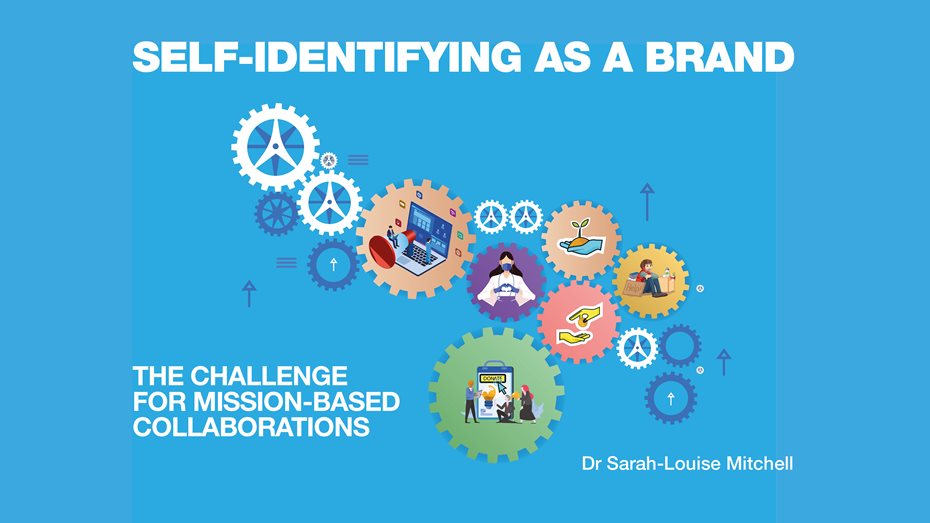New study discovers what happens when charity collaborations self-identify as brands?

Charities collaborate a lot, including being part of networks that share knowledge, cohabiting office space, or developing joint funding bids. But what happens when charities collaborate around mission?
Dr Sarah-Louise Mitchell of Oxford Brookes Business School explains “Mission-based collaboration is when charities come together to achieve a greater impact on a social cause they have in common than they could if they worked separately. There are many reasons why this makes sense, not least to reduce resources wasted in competing for public attention and donations. Let’s be clear though this is not about partnerships with companies around Corporate Social Responsibility (CSR) initiatives or governments about programme delivery or funding bids. It is about charity-charity relationships, either long term and formal, such as the Disaster Emergency Committee, or temporary for a specific goal, such as mobilising for COP26”.
Dr Mitchell has just completed a large-scale research project, kindly funded by the British Academy/Leverhulme Trust that identified three different types of mission-based collaboration, each with positive societal benefits. These are: a ‘Central Bank’ acting as a focal point for donations which helps society by being a money raiser, a ‘Task Force’ coming together to make a change which helps by being an action seeker, or a ‘Loud Speaker’ raising awareness and changing attitudes on an issue, such as mental health stigma which helps by being an attitude changer.
There are important implications for charity practice from this project. The benefits for charities are:
- Having a single point of contact across a cause simplifies things for people who want to give money, for example to the Disaster Emergency Fund or NHS Charities Together.
- Mission-based collaborations reduce confusion for the media, who know who to turn to for expertise and story content.
- Collaborations draw on the collective strength of their members, including pooling knowledge on an issue and sharing resources to create content.
- Finally, collaborations around a cause can appeal to different audiences through the members, increasing reach.
However, through her research Dr Mitchell also identified four main risks for charity brands of being part of a collaboration that self-identifies as a brand in its own right:
- Drowned Out: The more successful the collaboration brand is, the harder it is for participant charities marketing teams to make their individual brand voice heard. This is not only through media coverage but also the subsequent impact on public debate and political attention. Information about their individual contribution to the issue risks being drowned out by the success of the umbrella brand.
- Identity Stolen: There is also a risk that the individual identity of the participating brand becomes lost. Popular causes are cluttered, and brands need a differentiated positioning to stand out. As the collaboration comes together with a single proposition that unites them through mission, the distinctiveness of participating brands can be blurred. The implication is that only the participants with significant marketing capability and deep pockets will be perceived as different and unique.
- Relationship Damaged: Coalition brands also become the entity through which stakeholders such as donors and media engage. This risks creating a distance between individual brands and engagement through stories of cause and impact. The direct relationship is weakened through this disintermediation, which in turn risks reducing the brand team’s ability to attract scarce resources.
- Drains Life: Finally, there is the internal impact on the charity itself. Being involved in a collaboration takes time and energy. For smaller and medium charities, without spare internal resource, there is concern that working on collaboration co-ordination, planning and delivery drains life internally for marketing activity on the individual brand.
Collaborations that work well have agreed the rules of engagement upfront, even in an informal way, and desired outcomes are shared. Outcomes not just for the collective action for the mission but for the individual charity brands themselves. Being clear internally, and collectively, what ‘good looks like’ for the participating organisations is key to preventing duplication and weakening commitment over time.
Dr. Mitchell is also the co-author of the book “Charity Marketing: Contemporary Issues, Theory and Practice” (Routledge).
